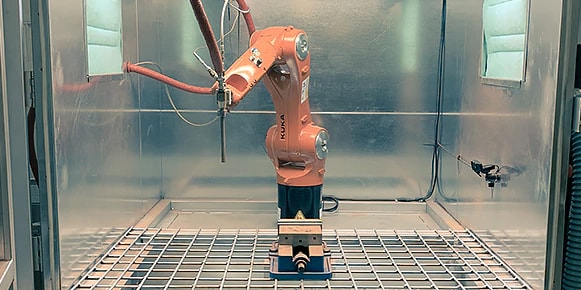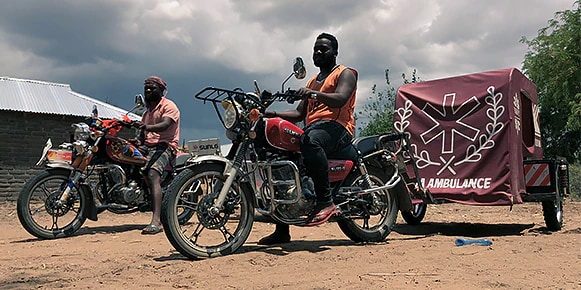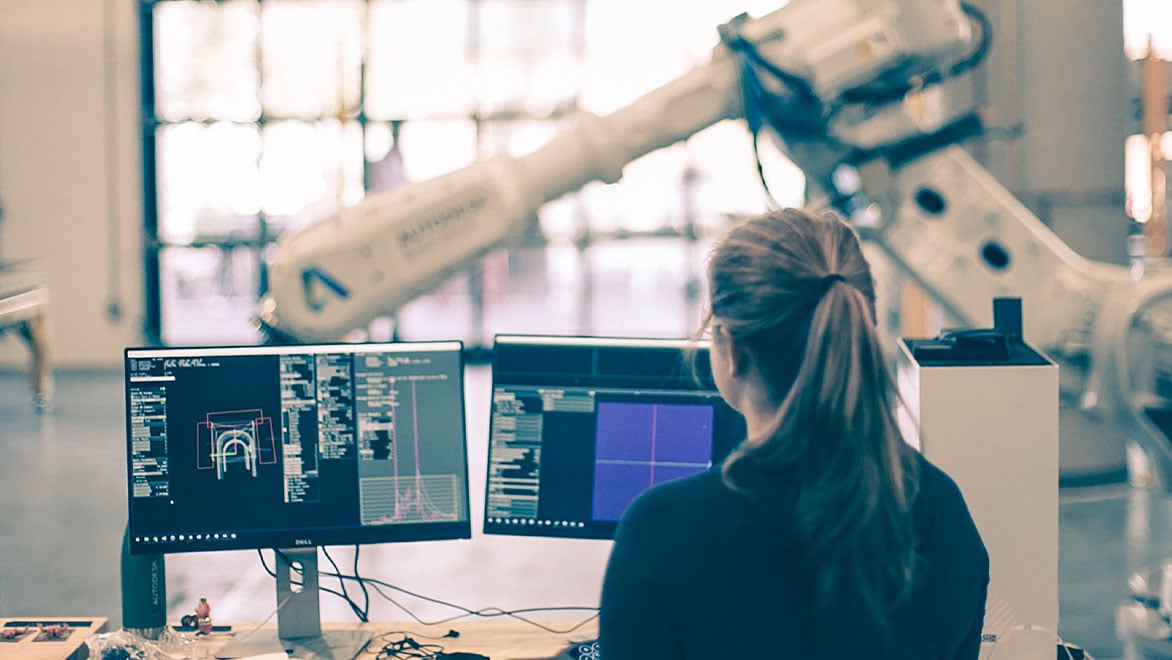BREEZE AUTOMATION
Breeze Automation is creating a new generation of human-safe, dexterous robots and automation for use in unstructured environments or hazardous conditions.
Breeze Automation is creating a new generation of human-safe, dexterous robots and automation for use in unstructured environments or hazardous conditions.
Area of Research:
Manufacturing
Location:
San Francisco
Current electric robotic systems are expensive, heavy, and susceptible to damage. This challenge motivated the founding of Breeze Automation, an Otherlab company that is creating a new generation of dexterous robots and automation.
Breeze Automation uses inflatable fluidic actuators (powered with either pressurized air or water), plastic structures, and novel control systems to create robust, inexpensive, lightweight robots. Because the robots are intrinsically compliant and force-controlled, they can operate safely in unstructured environments without damaging themselves, the environment, or human beings. Fully sealed actuators eliminate all entry points for dust, dirt, or other contaminants allowing the robots to operate underwater, outdoors, or in space, demonstrating a huge change in how robots can operate.
As part of the Residency Program at the Autodesk Technology Center in San Francisco, Breeze Automation was finally able to develop their own working pneumatic and hydraulic valves and integrate them directly into mechanical robot structures. This dramatically reduced the weight of the robots, and made them much more viable. The advancements Breeze Automation has made—due in part to the expertise as well as fabrication capabilities found at the technology center—has resulted in the installation of a 4- degree-of-freedom pneumatic robot arm on a planetary rover for NASA and the successful development of a teleoperated 6 degree-of-freedom underwater robot arm for the Office of Naval Research.
Breeze Automation believes fluidic robots represent an undeveloped robotic technology that could bring robots and automation out of pristine, centralized factories. The team has been working with the robotics and generative design teams within Autodesk Research and is currently working on revisions to the parts necessary for creating robust fluidic robots, including the design and manufacturing of their own hydraulic and pneumatic valves, fabric actuators, plastic robot structures, and more.
Tri-D Dynamics is bringing metal additive manufacturing to the mass production scale..
The Okoa Project has developed a motorcycle ambulance trailer to increase access to healthcare in Tanzania.
Cortex’s design principles are guided by ethnographic research, a social science research method that involves a deep dive by researchers into a cultural or social group.
The residency program provides open workspaces and equipment for teams doing forward-looking work in the areas of construction, manufacturing, and emerging technologies.



